Ancient Nomadic Peoples of the Southwest Desert
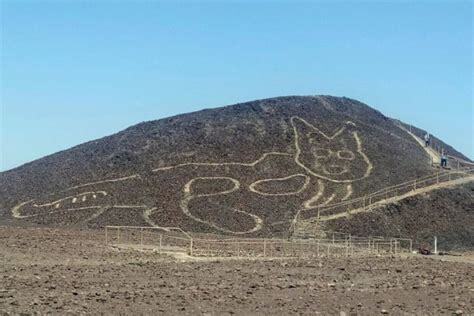
Patayan Geoglyph
Episode 21: Periphery of Ancient Southwest Civilizations
Ancient Civilizations of North America
Dr Edwin Barnhart (2018)
Film Review
Paquime
South of the Hohokam and Mogollon regions, the Paquime culture flourished as far south as Mesoamerica. Because there was little water or arable land, Paquime hunter gatherer populations were extremely sparse.
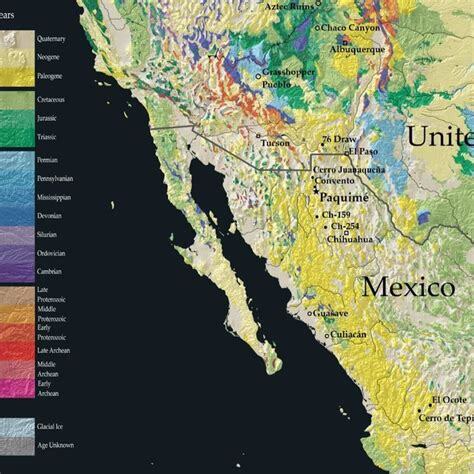
Lower Pecos
To the southeast, the nomadic peoples of the lower Pecos region of the south Texas desert adopted the bow and arrow, made simple pottery and practiced cave art. They gathered wild plants, fished and hunted small animals.
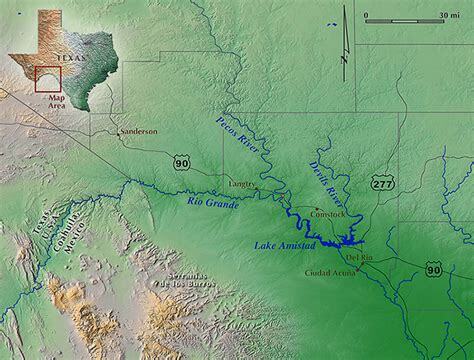
Tularosa and Hueco Basins
The Tularosa and Hueco Basins east of the Rio Grande in southern New Mexico and West Texas were more hospitable. From 400 AD hunter gatherers who lived in isolated pit houses did some flood plain farming. In 1100 AD, they adopted small Pueblo-style room blocks and brownware pottery from their Pueblo neighbors. They abandoned the region in he 1400s, leaving behind elaborate rock art featuring mask paintings.
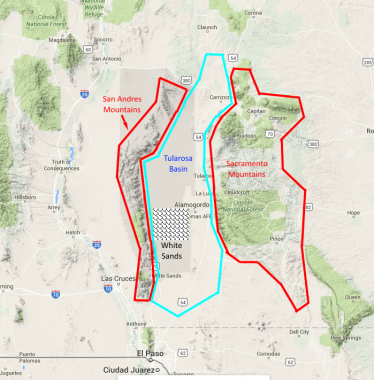
Rocky Mountains
The Rocky Mountains to the east, were inhabited by Fremont nomadic hunters who lived in small pit house villages, hunted bison and bighorn sheep and farmed flooded river bottoms.
Fremont Culture
Fremont people living in the lowland Great Basin (in modern day Utah and Nevada) were mainly hunter gatherers, known for weaving baskets, carving figurines and producing petroglyphs and cave paintings. They engaged in limited river bottom until a a 14th century drought forced them out of the region to join bison hunting nomads to the east. They were replaced by the Utes and Paiutes. The Utes, who were among the first to adopt the horse, continued the rock and cave art.

Patayan Culture
The Patayan lived in Arizona around the Colorado River, where they practiced farming and lived in villages consisting of small pit houses and long houses with room blocs (which they adopted from the Pueblo). Upland Patayan were seasonal nomads who learned to make pottery from the Hohokam.* They also created giant geoglyphs (engravings in the desert floor). The lines were made by scraping the red surface layer and exposing the sand underneath.
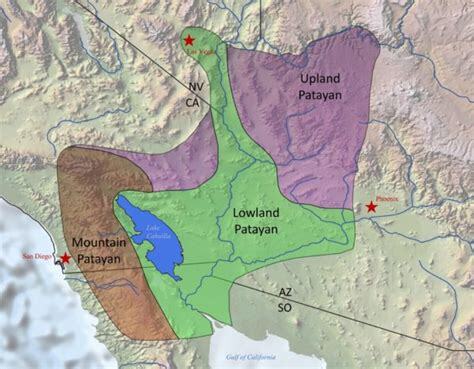
*Location of man cultures:

https://www.kanopy.com/en/pukeariki/watch/video/5713021/5712778
The Most Revolutionary Act
- Stuart Jeanne Bramhall's profile
- 11 followers



